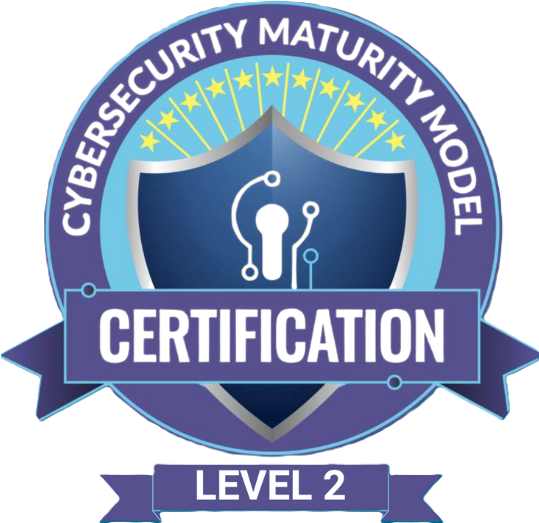Happy New Year! At the recommendation of my business partner Melanie (thank you!), I recently read a powerful and engaging book: Extreme Ownership – How U.S. Navy SEALS Lead and Win. 
The authors, Jocko Willink and Leif Babin, are former U.S. Navy SEAL officers who led some of the most highly decorated special operations unit of the Iraq War. Based on the tough leadership lessons they learned on the battlefield, Extreme Ownership teaches the humbling lessons they learned in combat to leaders in business, companies, and organizations throughout the civilian sector. Leadership is a continuous journey of education, awareness, and growth!
The authors used an engaging approach to convey their key leadership messages. Each of the 12 chapters focuses on a different leadership concept. Within each chapter, there are three subsections. The first identifies a leadership lesson learned in a military setting. The second explains that leadership principle, and the third subsection demonstrates the principle’s application to the business world. The three subsections complement each other nicely to succinctly convey the leadership lesson in an intriguing and impactful manner.
Top 12 Takeaways for Improving Leadership
- Extreme Ownership. Leaders who are honest with themselves continue to learn and grow every day. Take full responsibility for everything that happens
under your command. Be open to innovation and input from everyone (including the most junior person). A true leader is not intimidated when others step up and take charge.
- No Bad Teams, Only Bad Leaders. When setting expectations, if leaders accept substandard performance and hold no one accountable – if there are no consequences – the poor performance becomes the new standard. Leaders must enforce standards and lead by example.
- Believe. The most important question to answer to your team is “why?” Inform and empower your team to buy in to the mission/vision by explaining to them the “why.” This starts with the leader believing in the mission and then explaining the “why” to the team. Common understanding builds camaraderie and effectiveness, helping you win.
- Check the Ego. Admitting mistakes, taking ownership, and developing a plan to overcome challenges are integral to any successful team. Ego can prevent a leader from conducting an honest, realistic assessment of their performance and the performance of the team. Check your ego and operate with a high degree of humility!
- Cover and Move. Work together to provide each other support. Use every strength and tactical advantage. When in doubt, select the least bad option. Align your activity with the organization’s mission and leverage supporting assets to recognize mutual benefits.
- Simplify. When plans are too complicated, people may not understand them. And when things go wrong, complexity compounds issues. Simplifying as much as possible is critical to success. Key to this is creating an environment and relationships that empower your team to ask questions when they do not understand the mission or key tasks.
- Prioritize and Execute. Complex problems multiply and each demands attention. What to do? A leader must remain calm and make the best decision possible. Relax, look around, and make a call. Try and stay a step or two ahead of real-time problems. Anticipate and be proactive.
- Decentralized Command. Leaders cannot be at all levels, especially in tactical situations. Empower your team to lead and give them your confidence in their leadership. Then step back and maintain focus on the bigger picture and manage the strategic mission. Empower junior leaders and organize effective teams.
- Plan. Leaders cannot control every risk; but you can address and mitigate known risks through planning. Then identify clear directives for the team and they will execute the plan – a simple plan – and have the flexibility to react quickly to changes. Make sure the team knows the plan!
- Leading Up and Down the Chain of Command. Cultivate ownership in the mission by clearly communicating to your entire team (including your supervisor!). Make it clear to each person how their contributions are critical to the big picture success. And when they make contributions, recognize them. Inform senior staff detached from the on-the-ground tactical reality. With their cognizance, they will be in a better position to support you. If things are not progressing to plan, ask yourself, “What must I do better?”
- Decisiveness and Uncertainty. Be aggressive in your decision-making but know the weight and impact of your decisions. Leaders must be comfortable under pressure and act on logic, not emotion. Minimize the uncertainty but don’t paralyze your action in a futile attempt for complete information. Make a smart and simple decision and own it.
- Discipline Equals Freedom. Discipline is the difference between being good and being exceptional. Following procedures and protocols improves effectiveness and efficiency. Doing so still provides the latitude for decisive action with freedom to act within the bounds of the standardized methodology.
In closing, this is a fantastic book on leadership and I hope this blog inspires you to check it out. We look forward to help you lead the way to simplifying environmental requirements to achieve your mission. Contact us today at hello@scoutenv.com. Have a healthy and prosperous 2021!



 under your command. Be open to innovation and input from everyone (including the most junior person). A true leader is not intimidated when others step up and take charge.
under your command. Be open to innovation and input from everyone (including the most junior person). A true leader is not intimidated when others step up and take charge.










